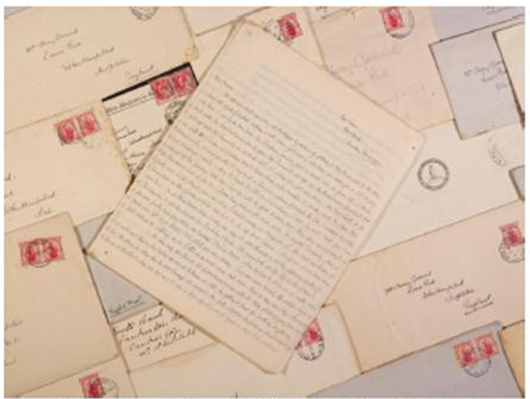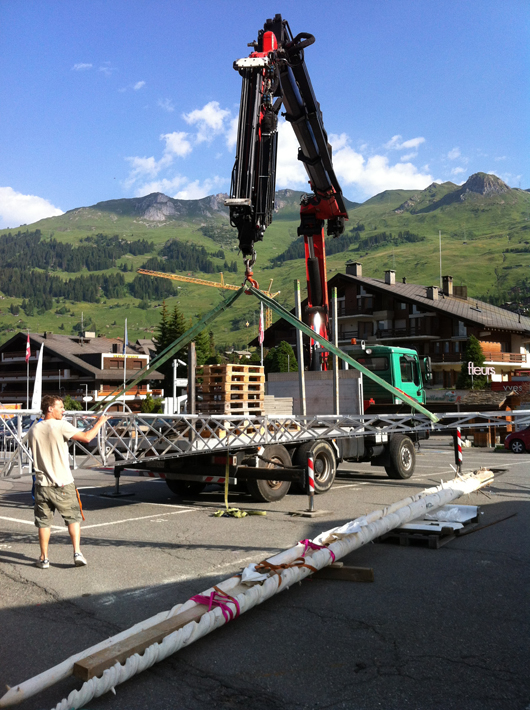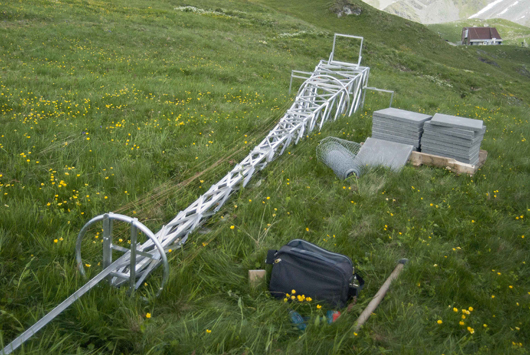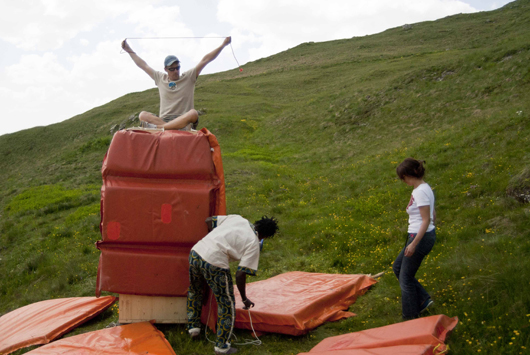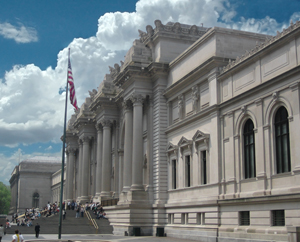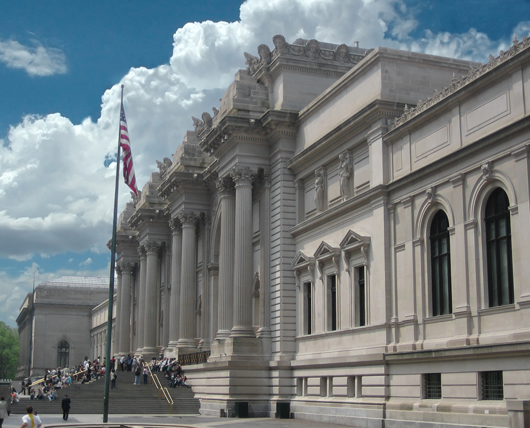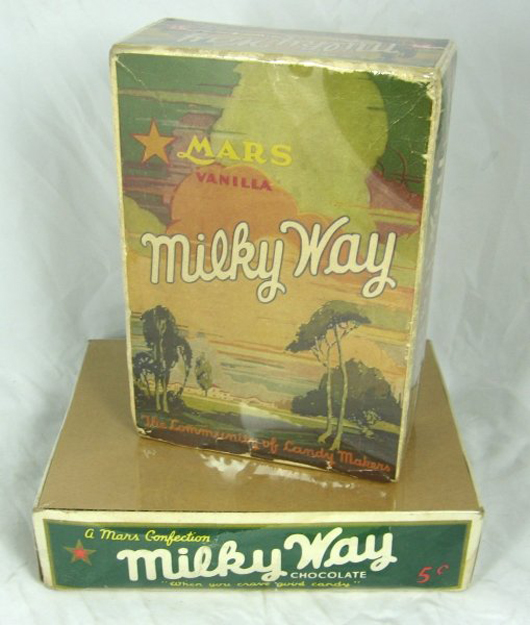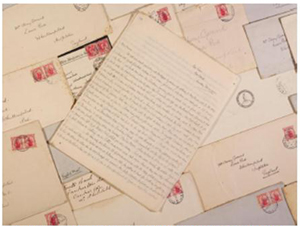
LONDON – A newly discovered letter describing the discovery of the bodies of Capt. Robert Falcon Scott and his companions on their famous fatal polar journey 100 years ago is to be auctioned.
Written by Apsley Cherry-Garrard, the youngest member of the Terra Nova expedition and one of the 12-man search party who found Scott, the letter will be offered for sale within the Polar section of Christie’s Travel, Science and Natural History auction to be held in South Kensington on Oct. 9.
Preserved by a family member, and hitherto unknown to scholars, the correspondence is part of a series of 27 letters covering the whole span of the expedition from its departure in June 1910 to the sad return of the survivors to New Zealand in February 1913. The correspondence is a major new source by one of the most prominent expedition members and is estimated to fetch between £50,000 and £80,000 ($78,600-$125-800) when sold as a complete collection.
“With hindsight, it feels as if it was always a given that the death of Scott and his companions would be hailed as a paradigm of British heroism, but the letters show us the real fear amongst the expedition members that they would be received as failures, and be subject to hostile criticism, particularly in the press,” said Thomas Venning, Director and Senior Specialist at Christie’s.
The letter dated Nov. 20, 1912, written by expedition-member Cherry-Garrard from the Antarctic, reports, “We have found the bodies of Scott, Wilson & Bowers, and all their records … Their death was, I am quite sure, not a painful one – for men get callous after a period of great hardship – but the long fight before must have been most terrible.” Scott and the doomed polar party of Edward Wilson, Henry Bowers, Lawrence Oates and Edgar Evans had reached the pole on Jan. 17. After the loss of Evans and Oates on the return march, Scott, Wilson and Bowers, battling on against starvation and blizzards, eventually succumbed in their tent around March 29. Cherry-Garrard, who was one of the 12-man search party who found their bodies six months later on Nov. 12, comments in the letter to his mother, “Theirs is a fine story … Wilson & Bowers had died very quietly, probably in their sleep.”
Aged just 24 when he volunteered to join Scott’s Terra Nova Expedition, Cherry-Garrard was its youngest member. His memoir, The Worst Journey in the World, has become one of the classics of polar literature. It draws its title not from the polar journey but from the terrible sufferings he experienced six months earlier during an expedition with Wilson to visit the breeding grounds of the Emperor Penguin at Cape Crozier in the depths of the Antarctic winter—the plans for which he describes with fatal optimism to his mother: “Old Bill … & I are going to Cape Crozier for some time in the winter if all goes well & that will be great fun I think, but of course very cold.”
Cherry-Garrard experienced a physical and mental breakdown in the months after the loss of Scott’s polar party, a period he describes in the correspondence as “about the worst time I have ever had … it has been an absolute hell.” The letters are also notable for his complaints about adverse press coverage of the expedition, which he describes as “nothing less than a tissue of lies,” and his fears of “hostile criticism” on his return home. In the event, Scott and his companions were instantly elevated to the pantheon of British heroism, and it was to be more than 50 years before a critical reassessment of the expedition took place.
ADDITIONAL IMAGES OF NOTE
